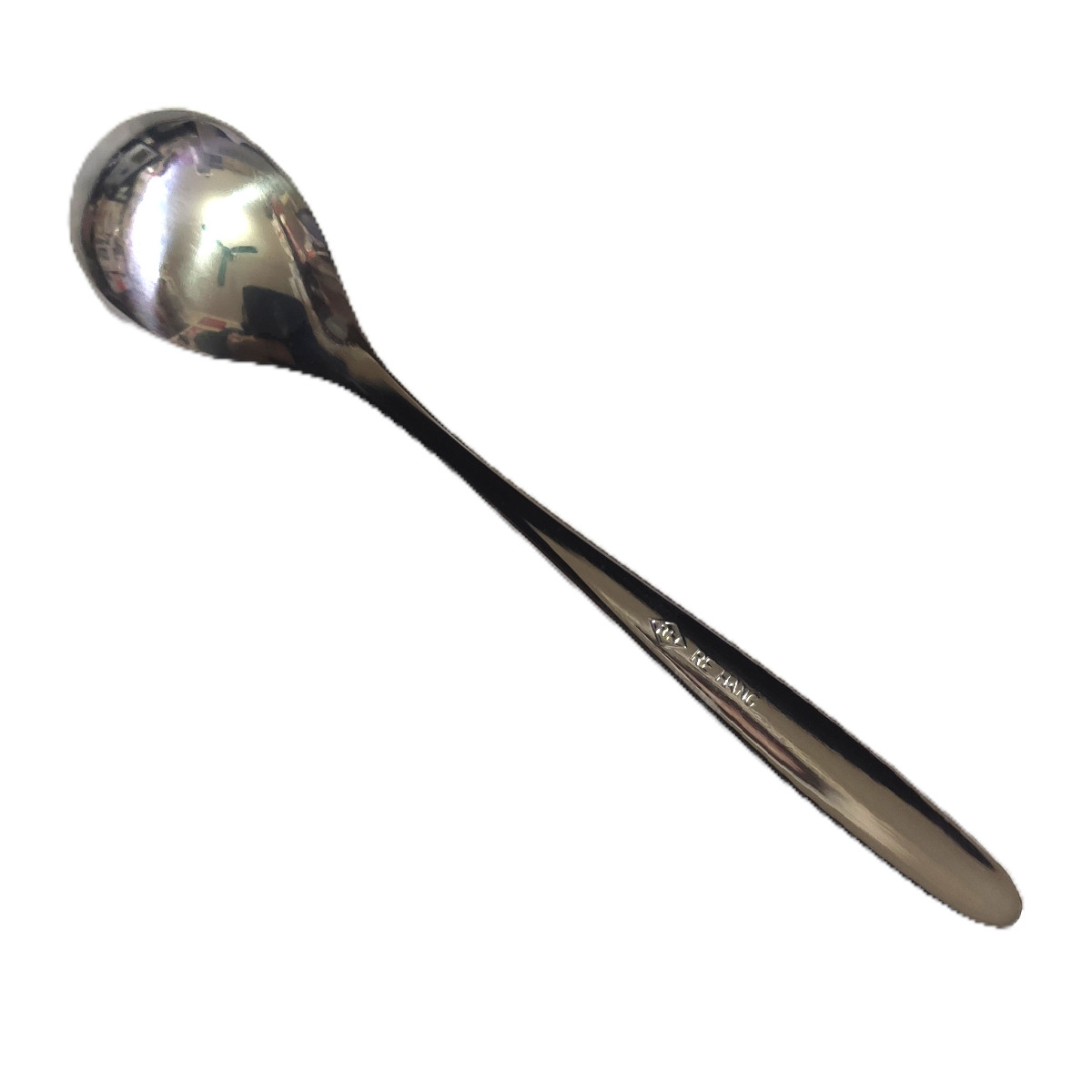
Thống kê
| 1882719 | |
| Số người đang online | 1 |
| Số truy cập hôm nay | 130 |
| Số truy cập tháng này | 57860 |
Quảng cáo
Stainless steel spoons turn black, should you continue to use them or throw them away?

|
Stainless steel spoons are popular because of their shiny appearance, beautiful and clean appearance; after a period of use, stainless steel spoons turn black, should you continue to use them or throw them away?
Currently on the market, there are many types of spoons made from different qualities, the most popular of which are stainless steel spoons - high-quality materials with high gloss and good durability. However, after a long time of use, under the influence of the environment as well as food, many stainless steel spoons turn black. Is it the right choice to continue using them?
Stainless steel spoons turn black, should you continue to use them or throw them away?
There are many different types of stainless steel such as stainless steel 201, stainless steel 304, stainless steel 430..., each type has different advantages and limitations.
Stainless steel 430 contains 15% chromium along with iron and other ingredients, does not contain nickel. The outstanding feature of this material is its shiny appearance, magnetic properties, so it can be used on induction cookers and is safe for health. However, stainless steel 430 is quite thin, has poor oxidation resistance and is easily tarnished after a long time of use.
Stainless steel 201 contains 18% chromium, 3% nickel, iron and other ingredients; often used to make kitchen utensils such as pots, pans, thermoses... Stainless steel 201 has the outstanding advantage of being cheap, relatively durable, light and safe for the user's health.
Stainless steel 410 is mainly used to make ladles, chopsticks, spoons... It contains about 11.5% chromium, is statically magnetic, affordable, light to hold and safe for health. However, stainless steel 410 is easily scratched and tarnished after a long time of use. Stainless steel 304 has 10% chromium, 10% nickel along with iron and other ingredients. This is considered the best type of stainless steel currently used in the production of household appliances because it is shiny, durable, highly resistant to oxidation, and does not rust. However, household appliances made of stainless steel 304 are quite expensive, heavy to hold and non-magnetic, so they cannot be used on induction cookers. Pots and pans made of stainless steel 304 are often coated with a layer of stainless steel 430 to be able to be used on induction cookers.
After a period of use, it is possible that due to a chemical reaction with acidic foods, direct contact with chemicals or oxidation, the stainless steel spoon turns black. To check whether you should continue to use that spoon or not, you can apply the following method: Use lemon juice or vinegar to wipe, then rinse with warm water or use baking soda mixed with water, create a paste and rub it on the surface of the spoon.
If the spoon returns to its normal color and shows no signs of corrosion or damage, it can be used again. On the contrary, if the spoon is not restored and shows signs of damage, you should throw it away to ensure your health.
Although stainless steel spoons turning black are not always dangerous, after a period of use, you should thoroughly clean all stainless steel spoons, discard old spoons, and choose high-quality stainless steel materials for the best and safest experience.
Notes when using stainless steel utensils
To ensure the durability of stainless steel household appliances, you need to note the following when using them:
Do not use chlorine-based detergents to clean stainless steel utensils because they will cause corrosion and reduce the lifespan of the product.
Do not use stainless steel utensils to store foods with strong acids such as vinegar, lemon, etc. for a long time because they can easily cause corrosion, reducing the quality and lifespan of the item. When cleaning stainless steel utensils and tools, do not use sandpaper or steel brushes because they can easily cause scratches.
An An (Synthesis)
|
Liên kết website
Hỗ trợ trực tuyến
-
 Liên hệ ngay.Email:ĐT: (08) 6682 3335 - Fax: (08) 6256 2218
Liên hệ ngay.Email:ĐT: (08) 6682 3335 - Fax: (08) 6256 2218
Ngày giờ hiện tại
13/9/2025
clock




